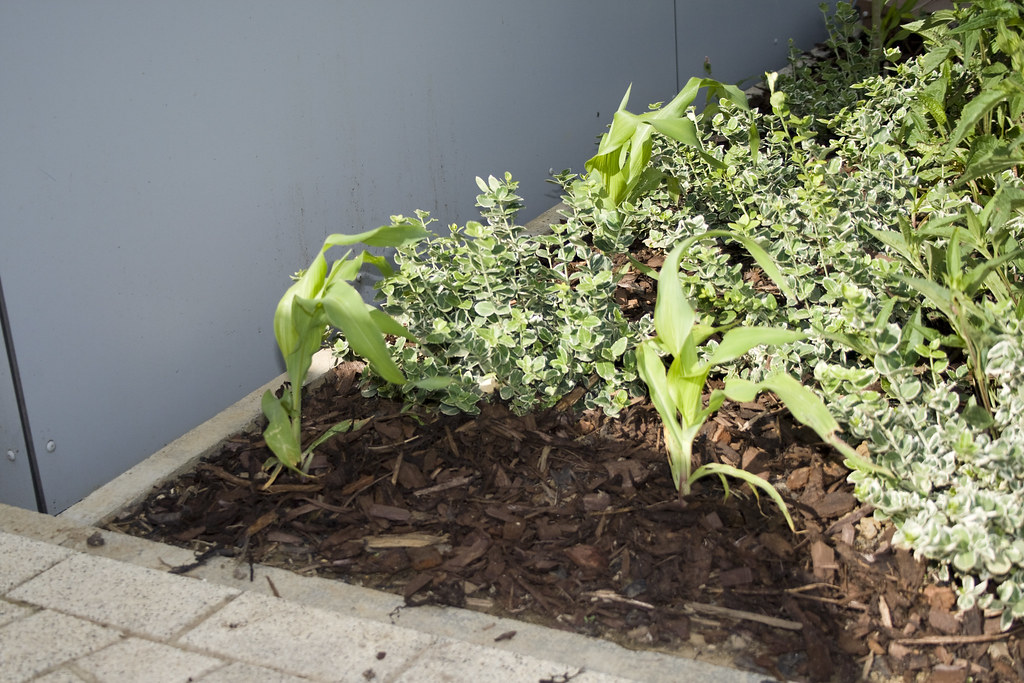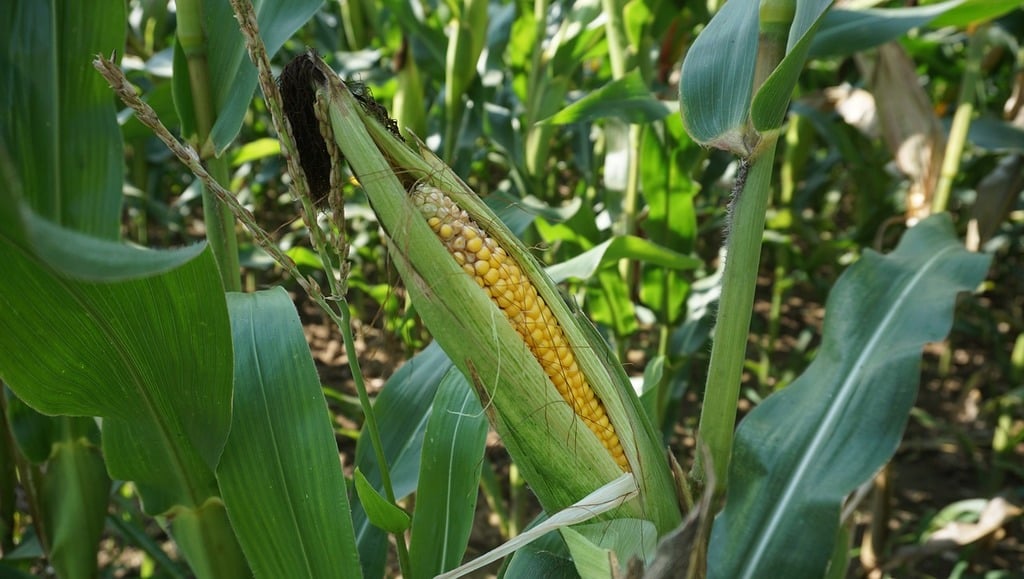GROW CORN
Growing corn in your home garden can be an incredibly rewarding experience. The taste of fresh, homegrown corn is unparalleled, and the sight of tall, green stalks swaying in the breeze can add a touch of rural charm to any garden. This comprehensive guide will walk you through every step of growing corn, from seed selection to harvest.
Choosing the Perfect Corn Variety
Corn comes in various types, each with unique characteristics:
- Sweet Corn: The most popular for home gardens, eaten fresh off the cob. Varieties include normal sugary (su), sugary enhanced (se), and Supersweet (sh2).
- ‘Golden Bantam’: An heirloom variety with excellent flavor
- ‘Honey Select’: A hybrid known for its sweetness and long harvest window
- ‘Silver Queen’: A white corn variety prized for its tenderness
- Popcorn: Grown for its kernels that expand when heated. Try ‘Robust’ or ‘Strawberry’ varieties.
- Dent Corn: Used for cornmeal, flour, and animal feed. ‘Reid’s Yellow Dent’ is a popular heirloom variety.
- Flint Corn: Often used decoratively. ‘Indian Ornamental’ offers vibrant, multi-colored kernels.
For most home gardeners, sweet corn is the best choice. Consider your growing season length and local climate when selecting a variety.

- Understanding Corn’s Growing Requirements
Corn has specific needs for optimal growth:
- Sunlight: Requires full sun, at least 6-8 hours of direct sunlight daily
- Soil: Well-draining, fertile soil rich in organic matter
- pH: Slightly acidic to neutral (6.0-7.0)
- Temperature: Soil should be at least 60°F (16°C) for germination
- Growing Season: 60-100 days, depending on variety
- Preparing Your Garden Soil
Proper soil preparation is crucial for corn success:
a) Test your soil pH and nutrient levels. Adjust pH with lime (to raise) or sulfur (to lower) if needed.
b) Remove weeds, rocks, and debris from the planting area.
c) Till or dig the soil to a depth of 8-12 inches, incorporating 2-4 inches of compost or well-rotted manure.
d) If soil is heavy clay, consider adding sand to improve drainage.
e) For sandy soils, add extra organic matter to improve water retention.
Planting Corn: Timing and Technique
Proper planting ensures good germination and growth:
a) Wait until all danger of frost has passed and soil temperatures reach 60°F (16°C).
b) Plant seeds 1-2 inches deep and 4-6 inches apart in rows.
c) Space rows 30-36 inches apart to allow for good air circulation.
d) Plant in blocks of at least 4 rows to ensure proper pollination. Corn is wind-pollinated, so this arrangement helps pollen reach all silks.
e) For a continuous harvest, plant a new block every 2 weeks until midsummer.
f) Consider using a biodegradable mulch around seedlings to retain moisture and suppress weeds.
Watering Your Corn Crop
Consistent moisture is key for corn development:
a) Provide 1-1.5 inches of water per week, more during tasseling, silking, and ear formation.
b) Use a soaker hose or drip irrigation to keep water off leaves, reducing disease risk.
c) Water deeply to encourage deep root growth, which improves drought tolerance.
d) Mulch around plants with straw or grass clippings to retain soil moisture.

Fertilizing for Optimal Growth
Corn is a heavy feeder and requires regular fertilization:
a) Before planting, incorporate a balanced fertilizer (10-10-10) into the soil.
b) When plants are knee-high, side-dress with a nitrogen-rich fertilizer (33-0-0).
c) Apply another round of nitrogen when plants begin to tassel.
d) Use organic alternatives like fish emulsion or composted manure if preferred.
e) Avoid over-fertilizing, which can lead to tall, spindly plants with poor ear development.
Maintenance and Care Throughout the Growing Season
Regular care ensures healthy plants and good yields:
a) Thin seedlings to 8-12 inches apart when they’re about 4 inches tall.
b) Control weeds diligently, especially in the first 6 weeks of growth. Corn doesn’t compete well with weeds.
c) Hill soil around the base of plants when they’re about 6 inches tall to support stalks and encourage root development.
d) Consider companion planting with pole beans (which can climb the corn stalks) and squash (which shades the soil). This “Three Sisters” method provides natural pest control and improves soil health.
- Managing Pests and Diseases
Vigilance is key to protecting your corn crop:
a) Common pests include:
- Corn earworms: Use mineral oil or Bacillus thuringiensis (Bt) for control
- Cutworms: Place collar barriers around seedlings
- Aphids: Spray with insecticidal soap or neem oil
b) Watch for diseases such as:
- Corn smut: Remove and destroy affected plants
- Leaf blight: Ensure good air circulation and avoid overhead watering
- Stalk rot: Improve drainage and practice crop rotation
c) Practice crop rotation to reduce pest and disease pressures.
d) Consider using row covers in the early season to protect young plants.
Harvesting Your Homegrown Corn
Timing is crucial for the best flavor:
a) Sweet corn is typically ready 20-30 days after the silks appear.
b) Check for ripeness by puncturing a kernel with your fingernail. If a milky liquid comes out, it’s ready to harvest.
c) The silks should be brown and dry, and the ears should feel full and firm.
d) Harvest in the morning for the sweetest flavor.
e) To harvest, grasp the ear firmly and pull down, then twist and pull. Avoid pulling straight out, which can damage the plant.
Storing and Preserving Your Corn Harvest
Maximize your harvest with proper storage and preservation:
a) For best flavor, eat sweet corn within a few hours of harvesting.
b) Store unhusked ears in the refrigerator for up to a week.
c) To freeze:
- Husk and blanch ears for 4-6 minutes
- Cool quickly in ice water
- Cut kernels from cob and pack in freezer bags
d) For long-term storage, consider canning or drying corn kernels.

Growing corn at home requires some effort, but the rewards are well worth it. With proper planning, care, and attention to detail, you can enjoy the incomparable taste of freshly harvested corn straight from your garden. Remember that corn requires space and nutrients, so plan your garden accordingly. Happy planting and enjoy your homegrown corn!
